Consolidate your students’ ability to recognise homophones in context with this set of 9 worksheets with answers.
You’re Not Going to Believe Your Luck with Our Homophones Worksheet Collection!
Homophones are words that sound the same but have different spellings and meanings.
Take the possessive ‘your’ and the contraction ‘you’re’ (you are) — using either in the wrong context is a big black eye in your writing that changes the entire meaning of the phrase. And yet, it happens all too often!
This set of 9 worksheets has been designed by our expert team of teachers to help your students practise using some of the most common homophones in content. Students will be required to know which homophone is the correct one to use in certain situations, based on the context of the sentence and the definition of the homophone.
The worksheets included in this pack are:
- Their, there and they’re
- Wear, where and we’re
- Your and you’re
- To, two and too
- By, buy and bye
- Mixed homophones 1
- Mixed homophones 2
- Mixed homophones 3
- Mixed homophones 4
Because they tend to be confusing and/or misused by early spellers, we include cloze worksheets for each of the above in our homophones practice workbook!
Plus, you’ll get four worksheets with mixed examples that test students’ comprehension and application of homophones in context.
Homophones Scaffolding + Extension Tips
Provide students with the entire workbook to complete or print and distribute specific sheets as needed for your lessons.
Students who need a challenge can brainstorm other homophones not included in the workbook (witch/which, hear/here) and create worksheets with cloze examples that omit the correct spelling of the homophone.
Looking for something a little easier for your less-confident students? Our Homophones Practice Workbook 1 would be ideal for this purpose!
Prepare This Resource with Sustainability in Mind!
No matter how you decide to use this teaching resource, there are many ways to incorporate efficient practices that save time, resources and the planet! We suggest:
♻️ Double-Sided Printing
If applicable to your lesson structure, save paper by printing worksheets double-sided. Staple sheets together to assemble workbooks that students can complete throughout multiple homophone lessons or as one more extensive assignment.
♻️ Reuse It!
Refresh your literacy rotations with activities for fast finishers that reinforce your lessons. Print a few copies on thick card and slip them into write-and-wipe sleeves. Students can record their answers with a whiteboard marker, then erase and reuse them.
♻️ Work as a Class
Project the worksheets onto a screen and determine the correct homophone with your whole class or small group orally. Additionally, students can rewrite the sentences with the correct homophone in their notebooks.
Please note that this activity includes answer sheets. We suggest printing one copy of the entire activity and making photocopies of the blank worksheets for students to complete.
Download and Print This Homophones Workbook
Use the dropdown icon on the Download button to choose from the PDF or Google Slides version of this resource. Individual answer keys are included for each worksheet in this download.
Don’t stop there! Your homophones lesson plan wouldn’t be complete without these activities and teaching resources too:
[resource:23578] [resource:23818] [resource:23627]
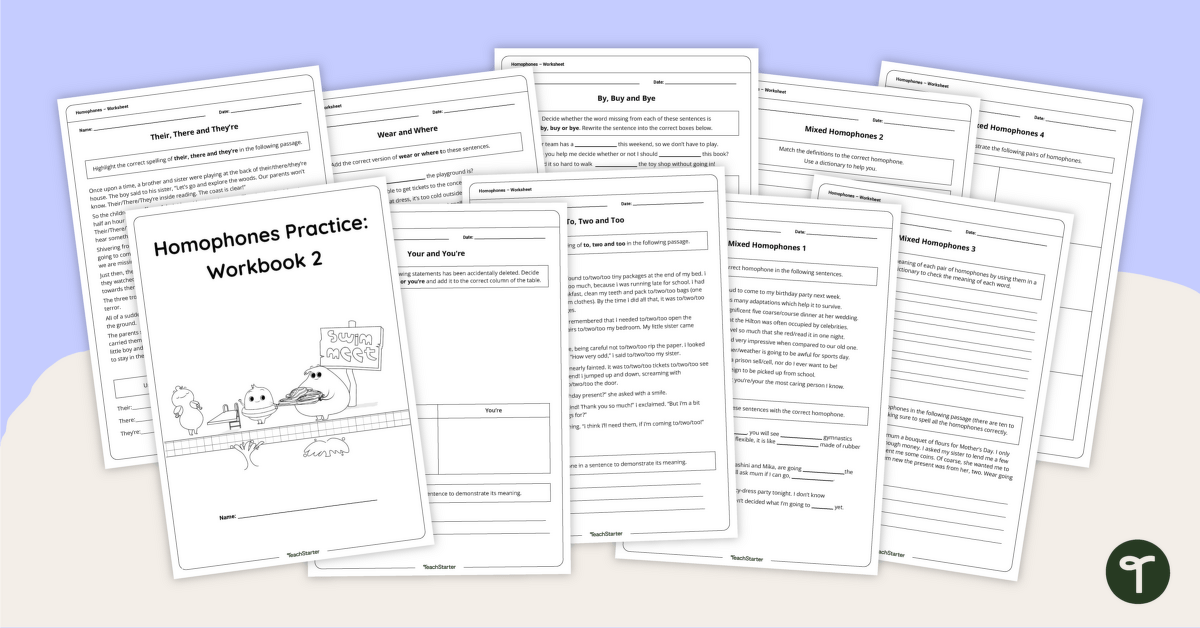


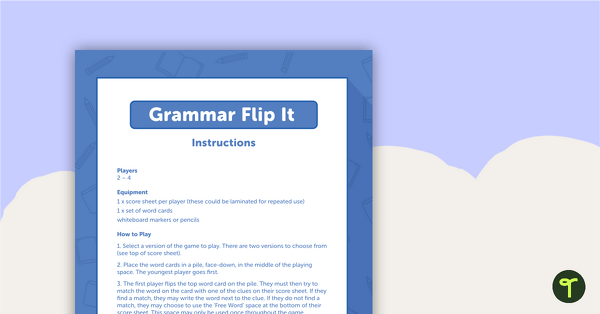
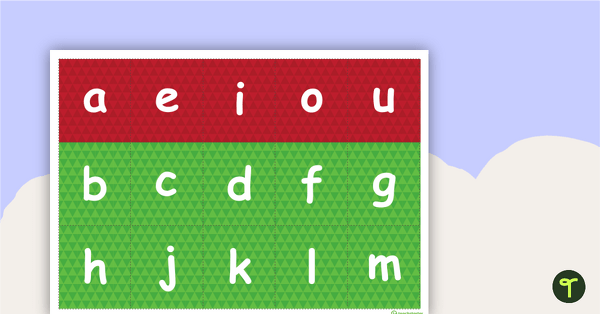
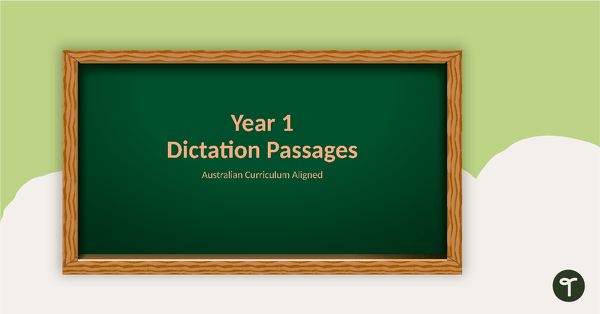
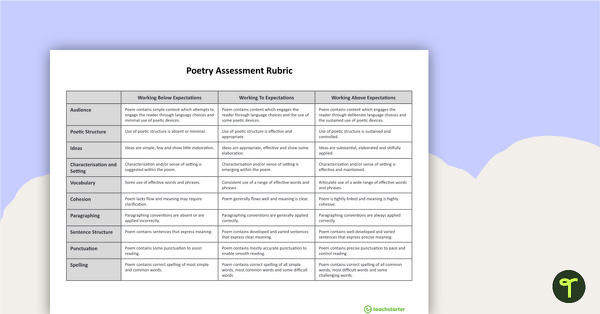
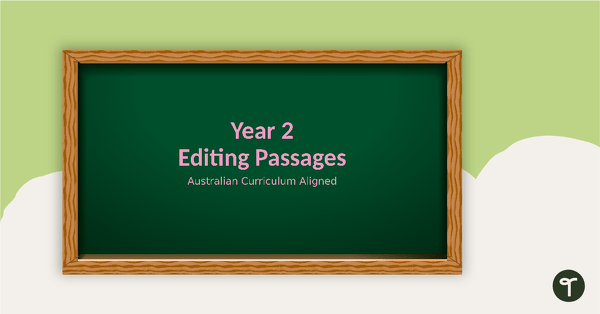
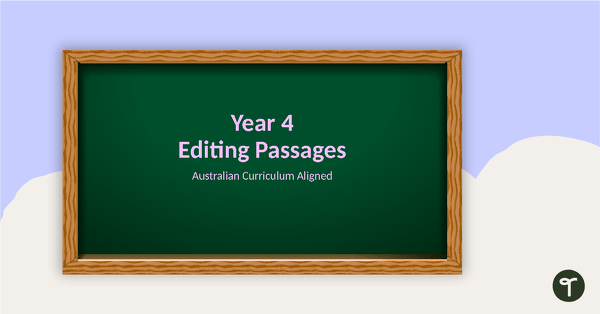

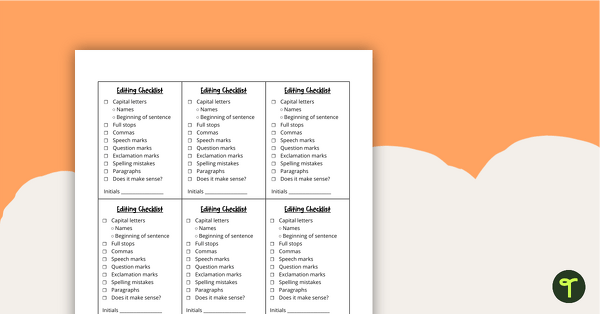
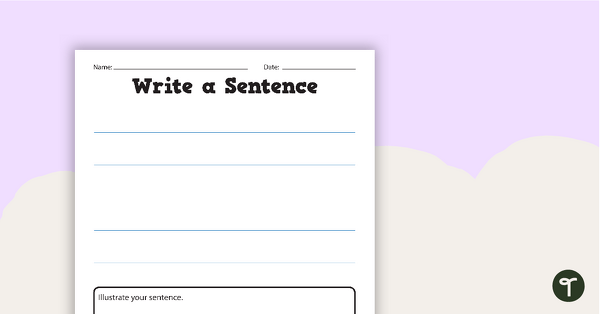
Hello to all the wonderful, creative team at TeachStarter! I have several questions regarding your Homophones Posters: Is there a reason why your Homophones posters are in very two different fonts/styles? Are they to be considered as Lower and Middle Primary? Is there any possibility that the original designs may be updated to match the newer format? Is there any likelihood of an Upper Primary poster series being produced to include words like stationary/stationery, patience/patients, complement/compliment, coarse/course, gorilla/guerilla etc.?